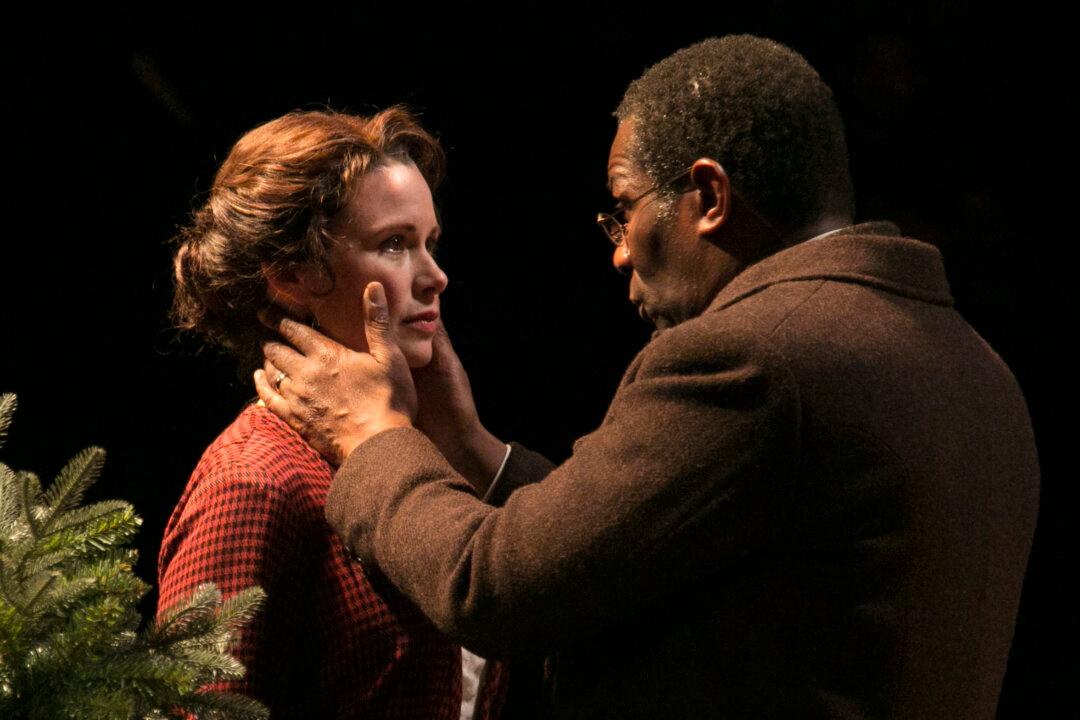NEW YORK—Henrik Ibsen’s 1879 work “A Doll’s House” and August Strindberg’s 1887 play “The Father” present two very different takes on the disintegration of marriage. Both pieces start from the premise of a lack of trust.
Theatre for a New Audience presents the two works in repertory at the Polonsky Shakespeare Center in Brooklyn to great effect. The company uses the seldom seen Thornton Wilder adaptation of “A Doll’s House” and a new version in English of “The Father” by David Greig.

(L–R) Nora (Maggie Lacey) and her old friend, Christina Linden (Linda Powell), who is now in need of a job and hopes that Nora's husband will provide one. Gerry Goodstein





